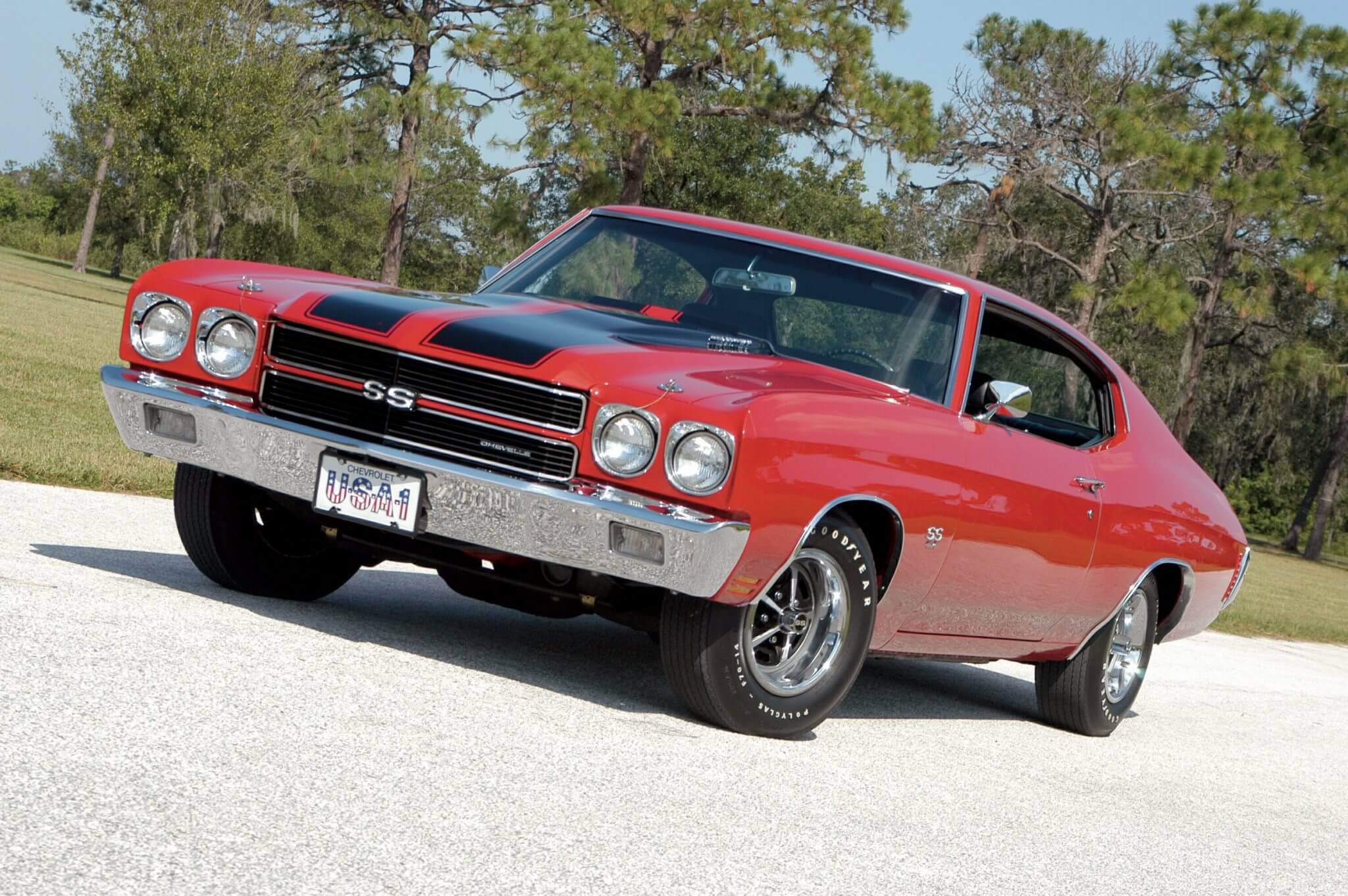Currently Empty: $0.00

Restoring a classic car is a dream for many automotive enthusiasts. The process can be incredibly rewarding, providing a tangible link to automotive history and a unique vehicle that turns heads wherever it goes. However, diving into a restoration project can also be daunting, especially for beginners. Here are some tips and tricks to help you on your journey to bringing a classic car back to life.
1. Finding the Right Project
Choose a Car You Love
Your passion for the car will be your driving force throughout the restoration process. Choose a classic car that excites you and that you’ll be proud to show off once it’s complete.
Assess Your Skills and Budget
Be realistic about your skill level and the amount of time and money you’re willing to invest. Some projects may require extensive mechanical work, bodywork, or rare parts, all of which can add up quickly.
Check for Rust and Structural Damage
Rust is the enemy of classic cars. While some surface rust is manageable, extensive rust, especially on the frame or body, can be costly and challenging to repair. Carefully inspect any potential project for structural damage or rust issues.
2. Sourcing Parts
Join Car Clubs and Online Communities
Car clubs and online forums are invaluable resources for finding parts, getting advice, and connecting with other enthusiasts. These communities often have classifieds, swap meets, and members who can offer insights and support.
Use Reputable Parts Suppliers
There are many suppliers that specialize in parts for classic cars. Do your research and choose reputable suppliers known for their quality and reliability. Websites like Hemmings, Classic Industries, and eBay Motors can be excellent places to start.
Consider Parts Cars
Sometimes, buying a second car for parts can be a cost-effective way to source what you need. Look for non-running cars that are being sold for parts, as they can often provide a wealth of components at a lower cost.
3. Restoration Techniques
Start with the Basics
Before diving into complex tasks, ensure you have a solid understanding of the basics of car restoration. Books, online tutorials, and even local community college courses can provide valuable knowledge.
Create a Restoration Plan
Outline the steps of your restoration project from start to finish. Break the project down into manageable tasks and set realistic timelines. This plan will help you stay organized and focused.
Document Everything
Take photos and notes throughout the restoration process. This documentation can be helpful for reference, show your progress, and even increase the car’s value if you decide to sell it later.
Take Your Time with Disassembly
Carefully disassemble the car, labeling and organizing all parts and hardware. This step is crucial to ensure you can reassemble the car correctly. Use ziplock bags and label everything clearly.
Focus on Safety
Safety should always be your top priority. Use the proper tools and equipment, and always wear protective gear when working on your car. If you’re unsure about handling certain aspects, seek professional help.
4. Key Restoration Areas
Engine and Mechanical Systems
The heart of your classic car, the engine, will likely need significant work. Rebuilding or replacing the engine, updating the cooling system, and ensuring the brakes and suspension are in good condition are essential steps.
Bodywork and Paint
Bodywork can be one of the most challenging and expensive parts of restoration. Depending on your skills, you may need to hire a professional for major rust repair or painting. However, learning basic bodywork skills can save money and provide great satisfaction.
Interior Restoration
Restoring the interior can transform the feel of your car. Upholstery, dashboard, and trim work can often be tackled by beginners with patience and the right materials. Don’t forget to update the wiring and electronics to ensure everything functions correctly.
5. Finishing Touches
Attention to Detail
The small details make a big difference. Replace old emblems, clean and polish chrome trim, and ensure all the little pieces are in place. These finishing touches will bring your restoration to the next level.
Test and Tune
Once your restoration is complete, take the time to test and tune your car. Make sure it runs smoothly, and all systems are functioning as they should. This final step is crucial before you hit the road and show off your hard work.
Conclusion
Restoring a classic car is a labor of love that requires patience, dedication, and a willingness to learn. By choosing the right project, sourcing quality parts, and mastering essential restoration techniques, you can bring a piece of automotive history back to life. Whether you’re a seasoned mechanic or a novice enthusiast, these tips and tricks will help you navigate the challenges and enjoy the rewards of classic car restoration. Happy wrenching!
